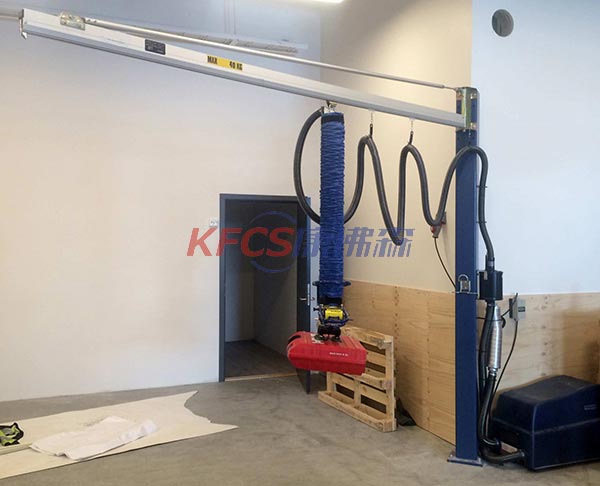1. The electric hoist that is newly installed or installed after overhaul should be tested for several times in the first place. But before the end of the installation, remember to power on the trial operation.
2. Before normal use, do a static load test with a rated load of 125%, lifting about 100 mm away from the road surface, and ten minutes to check whether it is ok.
3. The dynamic load test should be carried out continuously lifting and moving up and down with the rated load net weight. After the experiment, check whether the gear transmission parts, electrical parts and connection parts are normal and reliable.
4. During the application, it is absolutely strictly prohibited to use it in an unallowable environment, beyond the rated load and the rated closing frequency per hour (120 times).
5. When installing, adjusting and protecting, be sure to strictly check whether the limit equipment is flexible and reliable. When the hook is raised to the upper limit position, the distance between the hook shell and the reel shell must be higher than 50mm (10t, 16t, 20t must be greater than 120mm). When the hook is lowered to the lower limit position, the safety circle of the steel wire rope on the drum should be ensured, and the effective safety circle must be more than 2 circles.
6. It is not allowed to hold two flashlight buttons that make the electric hoist move in the opposite direction at the same time.
7. After the work is over, the switch of the power supply must be turned on to disconnect the power supply.
8. The electric hoist should be controlled by a dedicated person, and the operator should fully grasp the operation instructions, and it is forbidden to pull diagonally.
9. In the application, the electric hoist must be inspected regularly by professional staff, and measures should be taken on time when the fault is found, and carefully recorded.
More information please contact us for free!

